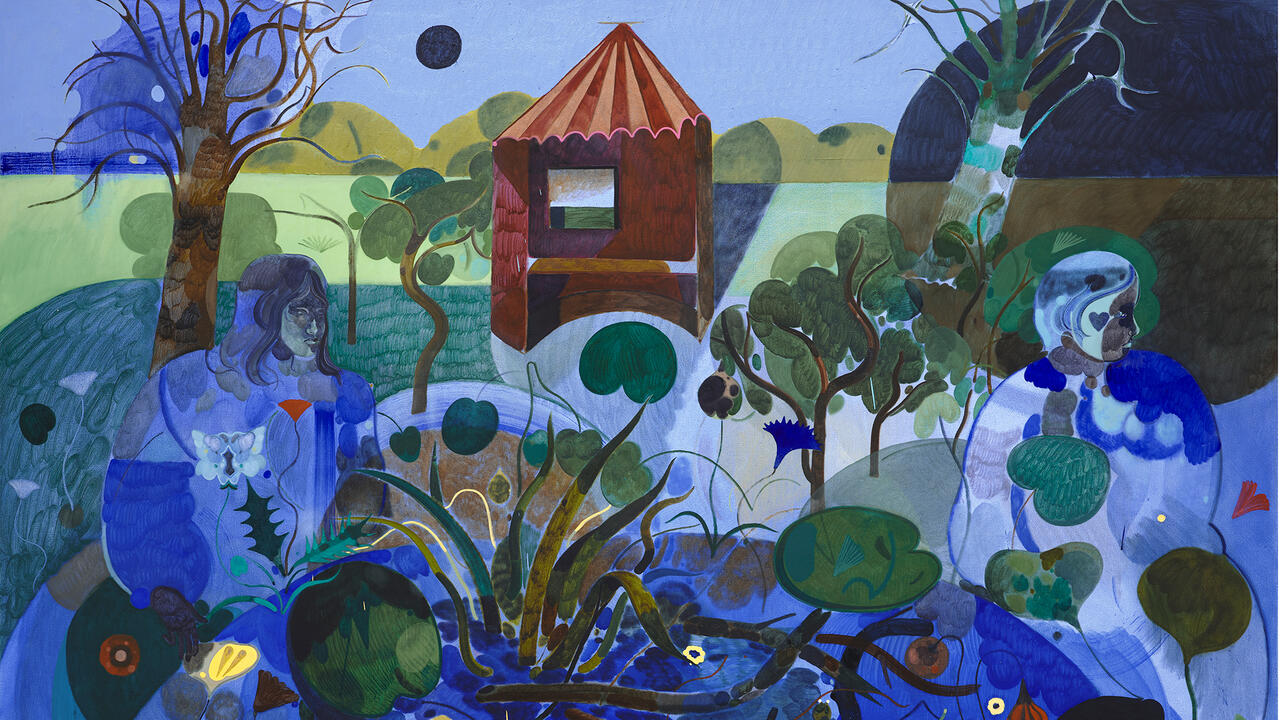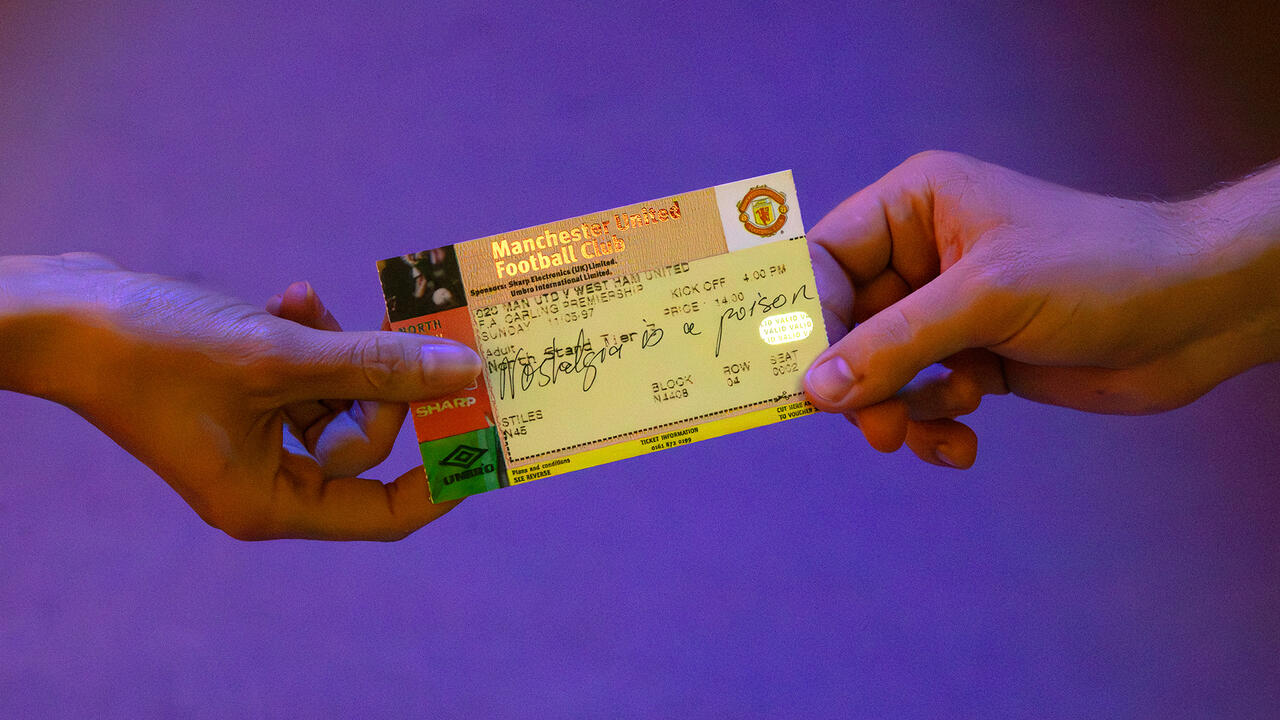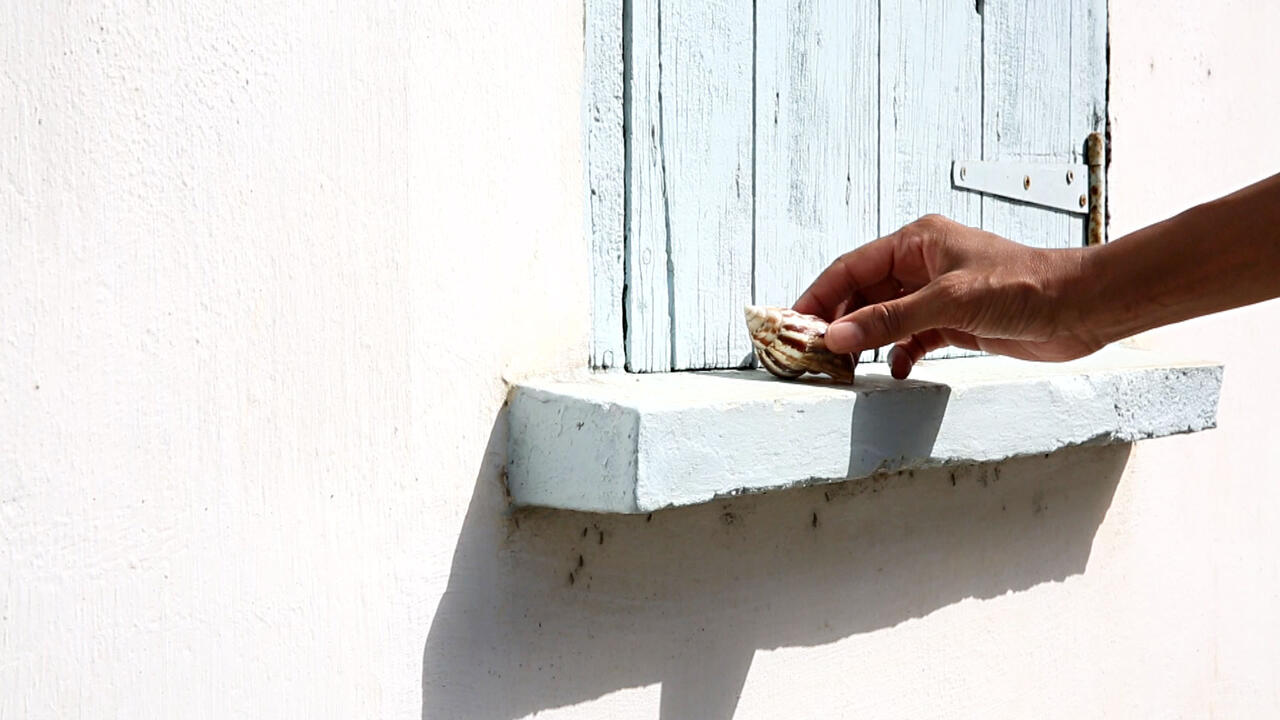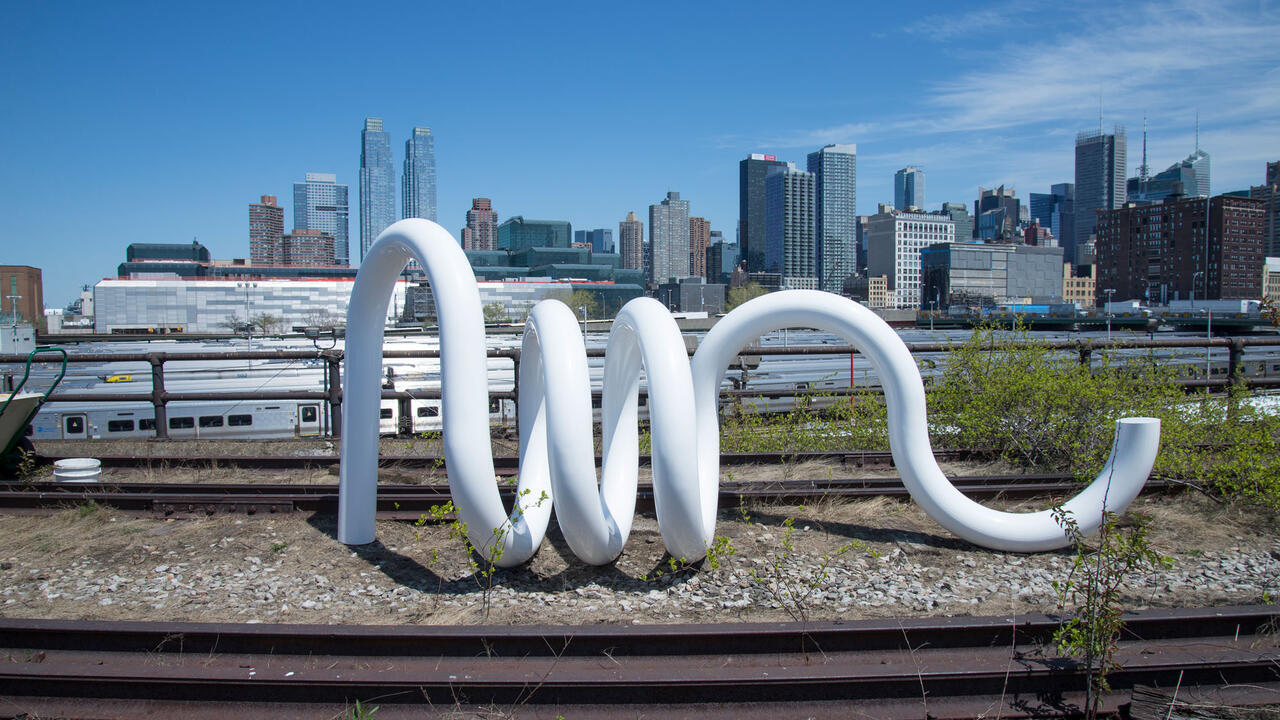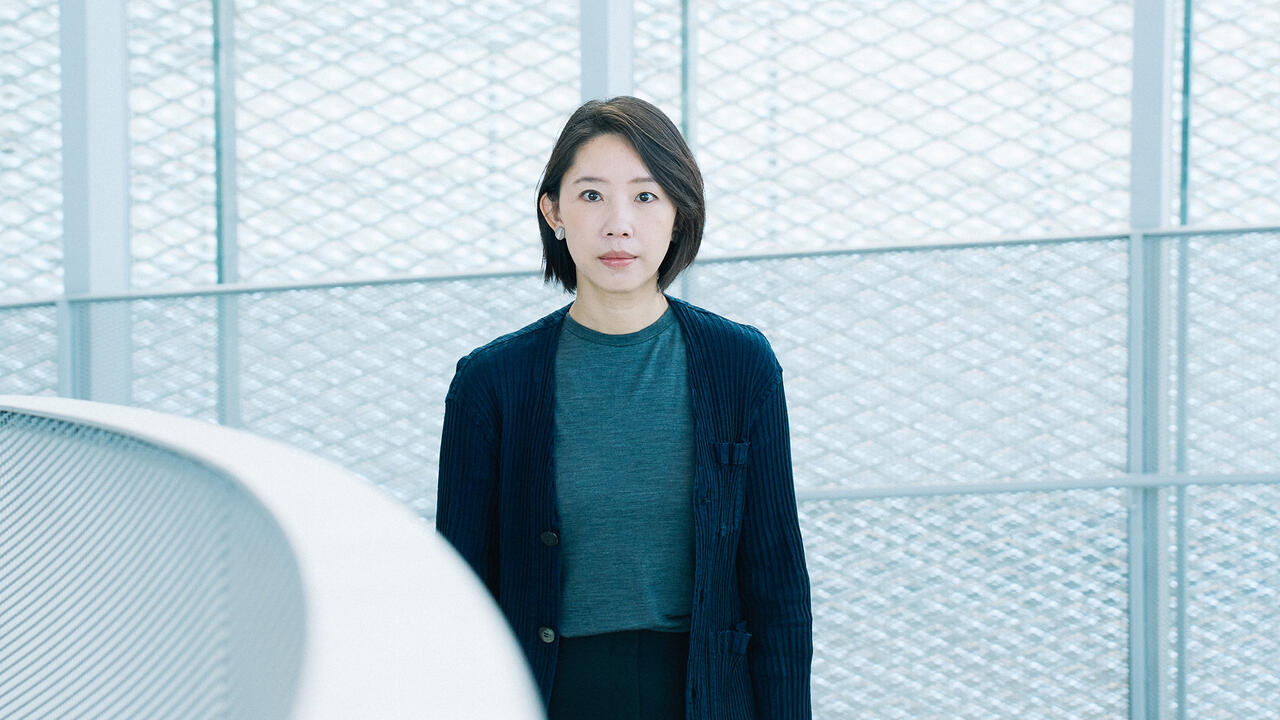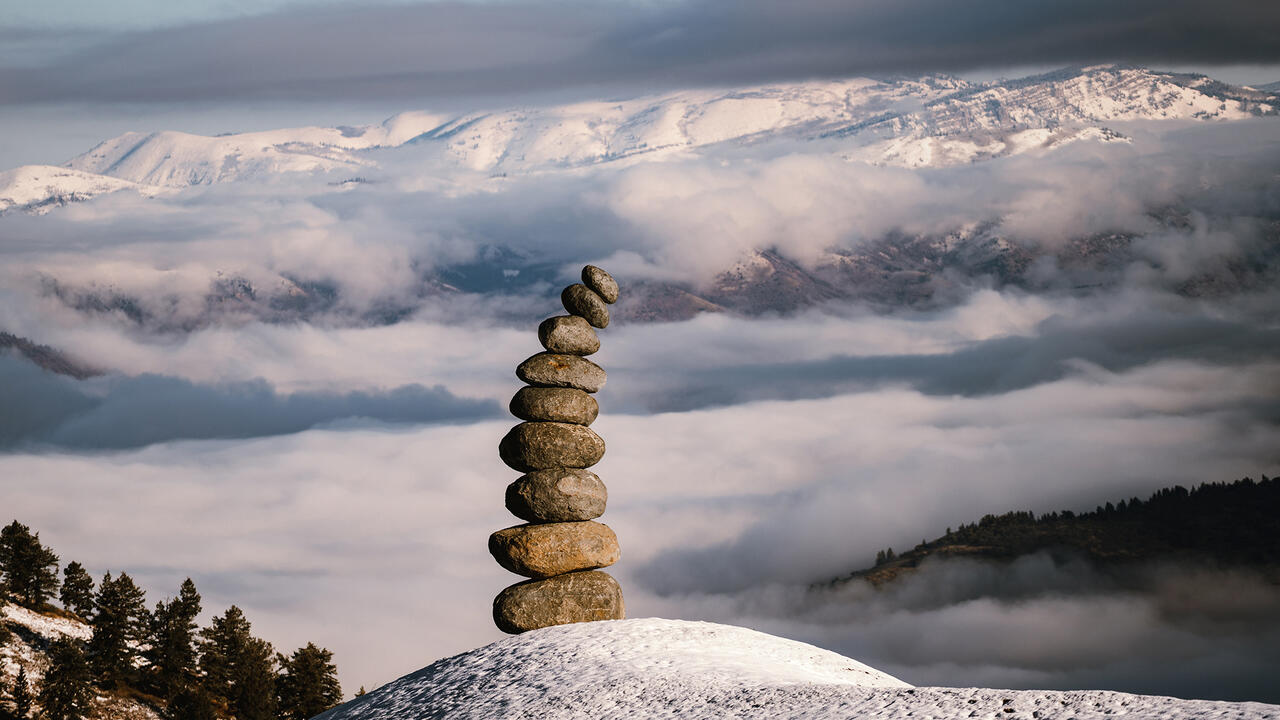‘History of the Present’ and the Role of the Moving Image in Northern Ireland
Based on first-person testimony, the experimental hybrid opera-film explores class, censorship and how conflict and trauma are depicted
Based on first-person testimony, the experimental hybrid opera-film explores class, censorship and how conflict and trauma are depicted

Made to commemorate the 25th anniversary of the Good Friday Agreement that ended the civil war (euphemistically called ‘The Troubles’) in Northern Ireland, History of the Present (2023) is an experimental hybrid opera-film. Collaboratively produced by Belfast-born author Maria Fusco and Glasgow-based filmmaker Margaret Salmon, it moves away from the familiar visual images of the conflict – the soldiers, the murals – to focus on how it sounded. It draws in part on Fusco’s memories of living in Belfast’s Ardoyne district – which formed a border between the Protestant and Catholic communities – and keeping out of sight while house raids took place.
Fusco and Salmon use contact mic recordings by Annea Lockwood, noted for her environmental recordings and compositions with non-conventional instruments such as glass tubing, made on the ‘peace walls’ that were built between 1969 and the early 1990s to separate the two communities. Though the walls ‘were supposed to have been removed by 2023’ nearly all remain in place. The film also features improvisations by opera singer Héloïse Werner that recall Laurie Anderson and Meredith Monk and are based on archival recordings of sounds such as the buzz of the helicopters that constantly hovered over the city, as well as recordings of young Fusco crying, alongside context-setting narration written and recorded by the adult Fusco.

‘I went to the Royal Opera House [where History of the Present was first presented] and told the creative director that they needed to produce more work that includes working-class voices’, says Fusco, who has recently published a short essay collection, Who Does Not Envy with Us is Against Us (2023), about the resilience and creativity of the global proletariat. ‘Why are working-class people always in the chorus? Why can’t they do the aria?’
This political aim of bringing under-represented people into the traditionally bourgeois art of opera comes with considerable formal invention. Amended for performance in different cities and contexts with additions such as live percussion from Angela Wai Nok Hui at this year's Edinburgh Art Festival, History of the Present is a site-specific piece in two ways: filmed partly at the Royal Opera House and the Ulster Museum, and partly in the Ardoyne district. ‘It was important to stay true to the operatic structure and form, with it being essentially musical in its fundamental quality and intention,’ says Salmon. ‘But the introduction of experimental film, shooting on 35mm, allowed us to lean into the analogue process – classic devices such as split screen, double exposure and putting Vaseline on the lens. There are scenes where the street sequence segues into Héloïse’s image, so she’s literally burned into the city.’

‘It’s not intended to be a documentary,’ says Fusco. ‘The opera form felt right from the start, because of its ability to hold layered emotional registers. That felt important in regards to time – individually and collectively, times of trauma become not quite muddled, but compressed. We were trying to produce something that holds the complexities of representation of form and subject, with the use of archival sounds and first-person testimony. I believe that’s a more accurate depiction of war and trauma. It also allowed the work to critique its own forms of representation – vital when dealing with somewhere that has been photographed as much as Northern Ireland, as it meant we were able to avoid visual shortcuts.’
While History of the Present is led by its sound, it also explores the role that the moving image played in the conflict, and in shaping 21st century Belfast. In part, the work responds to the extensive censorship of the period: news reports never showing dead bodies, except occasionally by mistake, and then-British prime minister Margaret Thatcher’s notorious decision to ban the broadcasting of voices of representatives of Irish Republican and democratic socialist party Sinn Féin, which led to the BBC using actors to represent its president, Gerry Adams. This is one of the stimuli to which Werner responds, ‘drawing attention’, as Fusco puts it, ‘to the peculiarities in the representation of history.’ Werner’s improvised reaction to an interview between Adams and Jon Snow about a potential vision for constituting a new country ‘push[es] back against this idea of re-enactment or depiction’.

One particularly striking moment comes when pedestrians – mostly women – are filmed going about their days in Belfast. ‘Surveillance is important to film, and particularly to militarised environments,’ says Fusco, ‘but Margaret noted that when people were being filmed, their eyes just washed across the camera – they were so used to it. We decided then that Margaret should film those sequences on her own, because I felt like I carry too much of my personal history.’ That personal history – on its individual and collective levels – is crucial to History of the Present, a work that hopes, as Fusco put it, to provide ‘a future for the image’ of Belfast that moves beyond clichés of the conflict, and to open up new approaches to its documentation.









